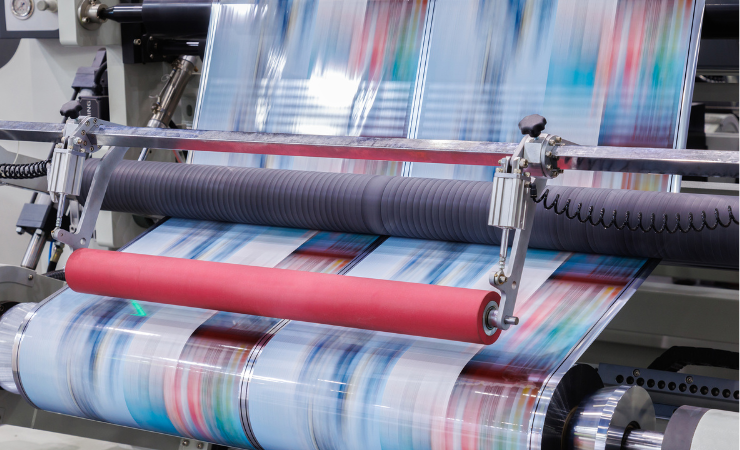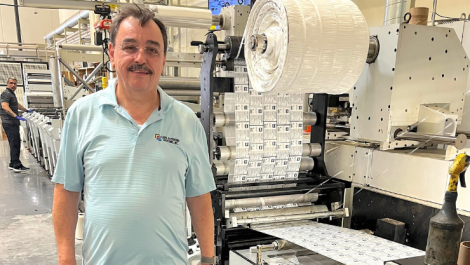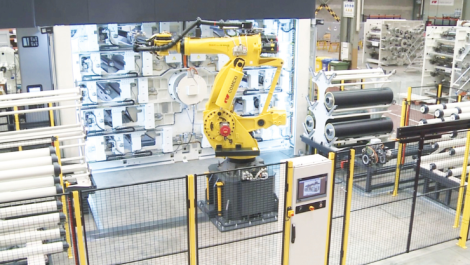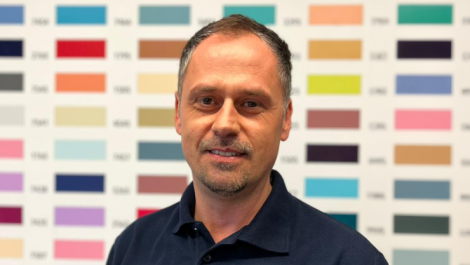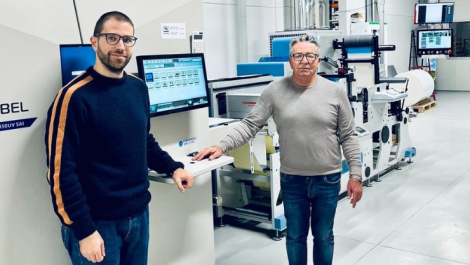Smithers, provider of testing, consulting, information, and compliance services, has forecasted that by 2029 the global value of the print packaging market will grow to $604 billion (£460.9 billion) – a 3.6% compound annual growth rate (CAGR) increase from this year.
‘The Future of Package Printing to 2029’ – a Smithers report – shows that in 2024 total global value in the sector will reach $504.9 billion (£385.2 billion). This will see 14.31 trillion A4 print equivalents of labels, corrugated board, folding cartons, flexible paper and plastics, rigid plastic and metal packaging printed this year; consuming 1.54 million tons of ink.
According to Smithers, flexo remains the most widely used print process, especially for high-volume corrugated board, labels, and flexible formats, accounting for 52.6% of contemporary output.
However, both digital and analogue press makers are developing technology to address opportunities across this market, while gravure and offset litho also remain popular, accounting for 20.1% and 17.9% of packaging and labels volume respectively. At drupa 2024, OEMs debuted new machines for printing corrugated board, folding cartons, flexible packaging and labels.
For all analogue OEMs, the further penetration of digital print poses a direct challenge. As quality improves on inkjet and toner presses, becoming more cost-competitive for longer print runs, it provides greater versatility for packaging buyers, explained Smithers.
At drupa 2024, new machines for high-speed digital printing of folding cartons were shown, and there was also a developing footprint of single-pass inkjet corrugated presses, and narrow web toner and inkjet machines – increasingly being configured to also take short-run flexible jobs. The potential of these systems to offer added value, means that while digital only accounts for 1.1% of volume in 2024, it represents 3.9% of value. Smithers forecast a further expansion with digital output growing at a 12.8% CAGR across the next five years.
In response, analogue OEMs are investing in greater automation both in pre-press and on-press; combining this with workflow, online maintenance platforms, and other software, as well as developing hybrid systems with inkjet stations printing variable data elements on high-speed analogue lines.
As technology evolves across the sector, a drive for greater sustainability is pushing converters to use more paperboard and coated paper stocks, as well as thicker monomaterial polymer formats in flexibles.
Regulatory developments, including the EU’s packaging and packaging waste regulation (PPWR), are emphasising recyclability. This is creating a demand for packaging printers to switch to water-based inks, invest in better de-inking technology, and work with new material sets that are easier to recover at end of life, the Smithers report said. In the narrow web segment, this is pushing converters to move towards thinner easier to separate labelstocks, lowering ink coverage, and minimising or switching adhesives.



